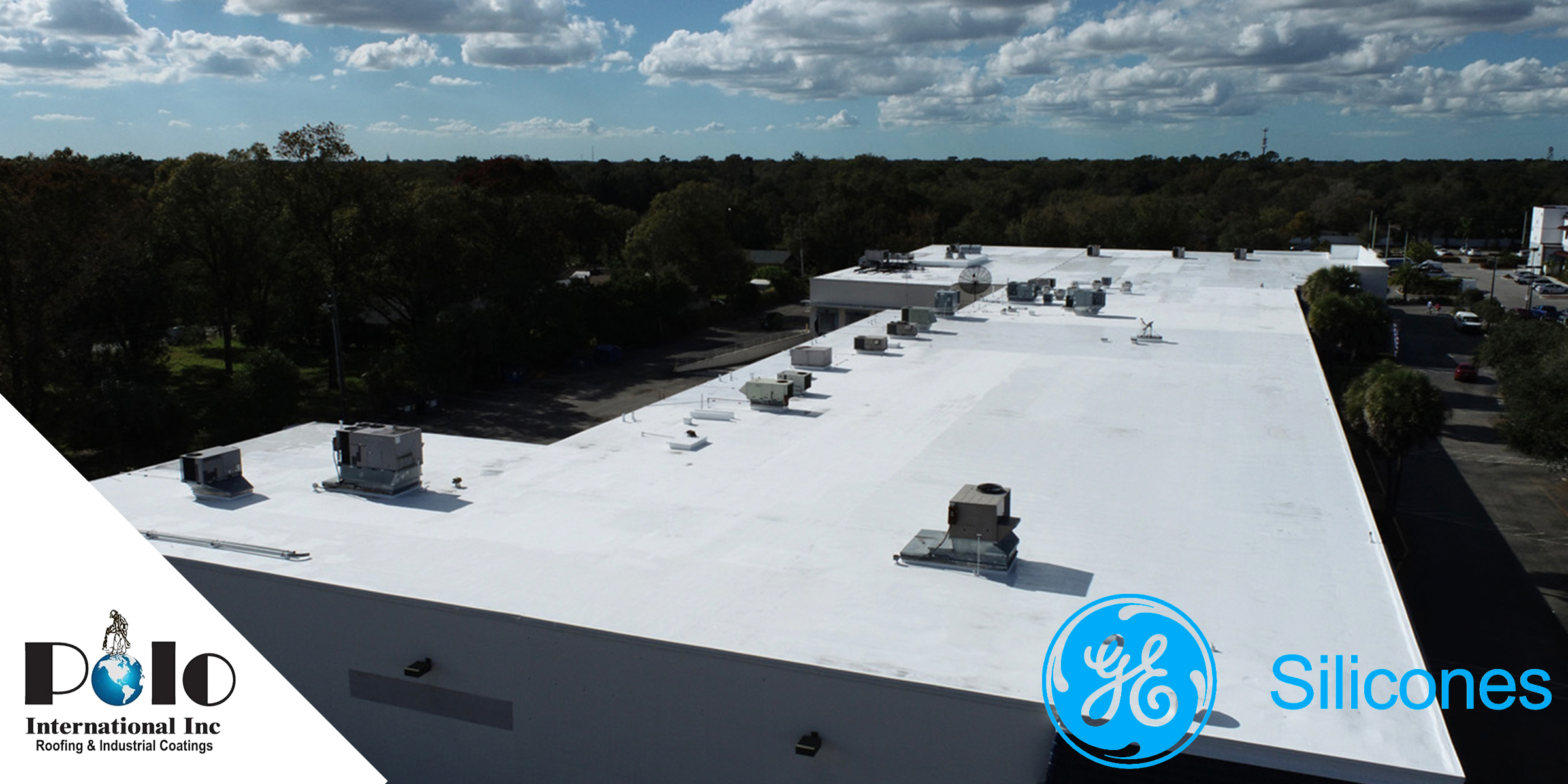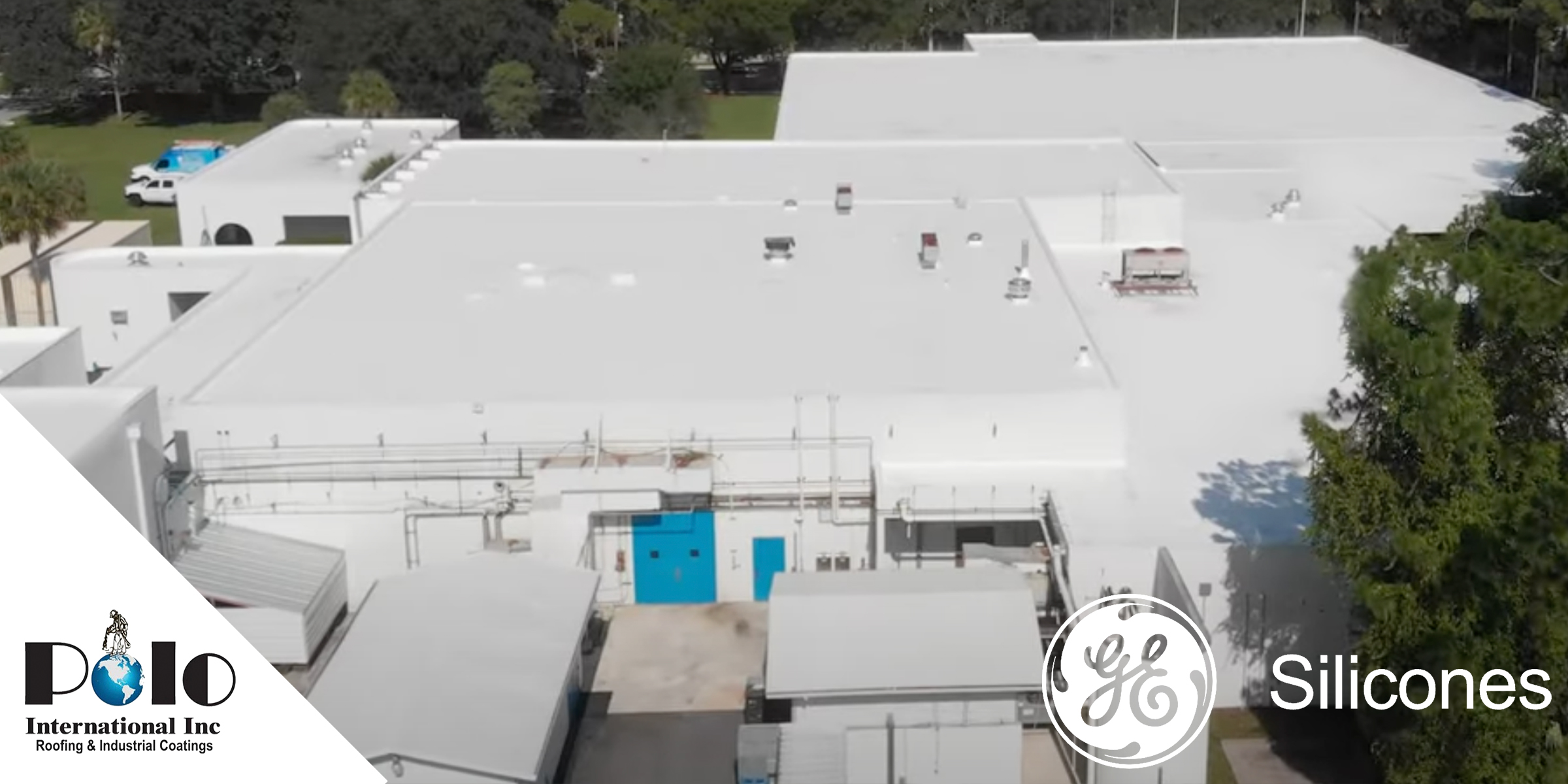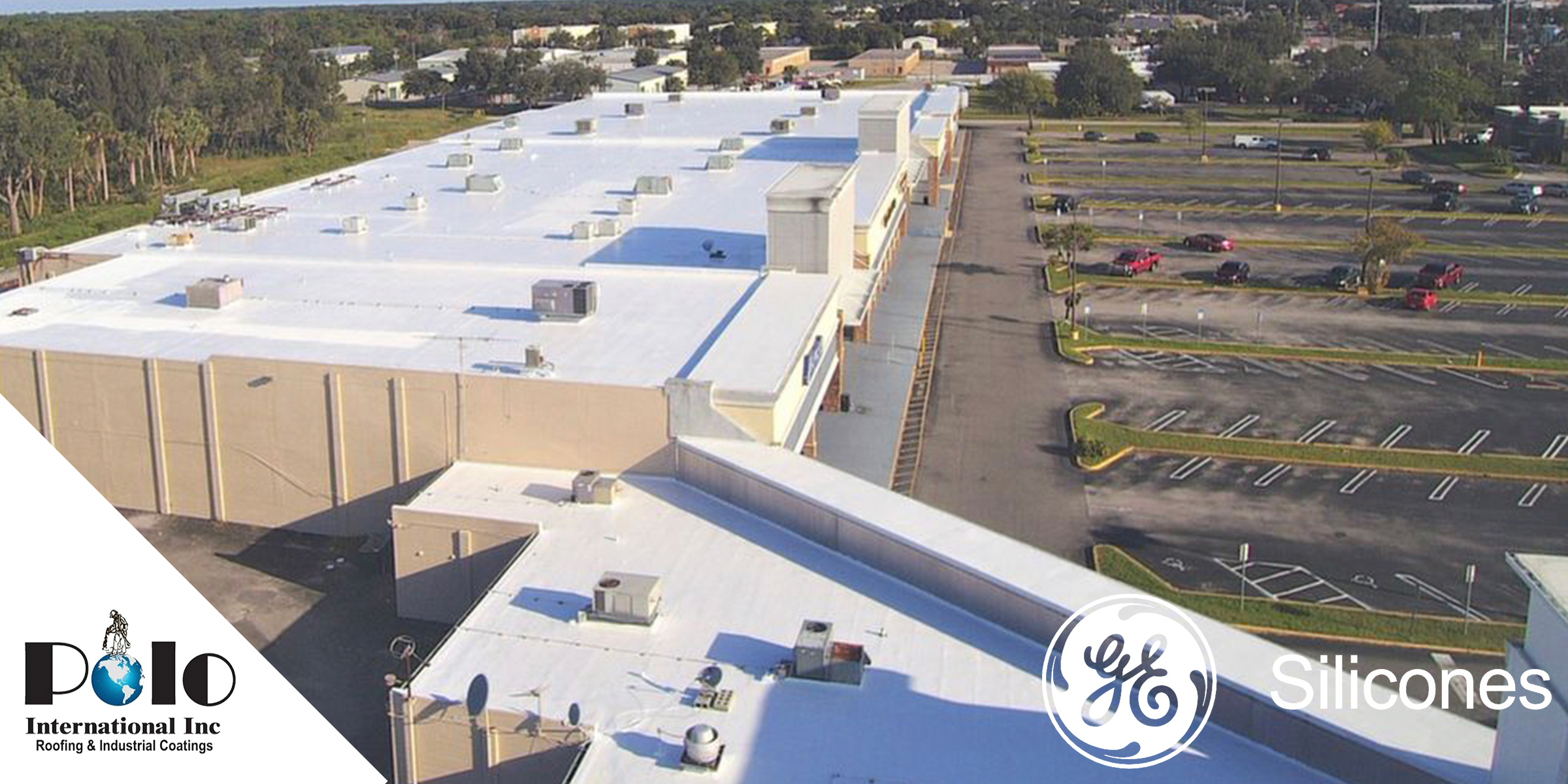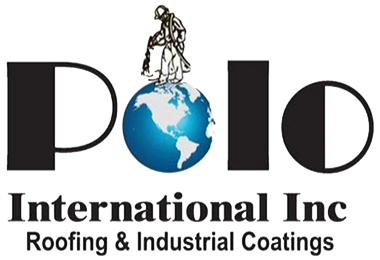
How SPF Roofing Creates a Robust Air Seal for Energy Saving
What makes an effective roofing system for commercial buildings? Achieving energy efficiency and robust protection often begins with creating a solid air seal. Spray Polyurethane Foam (SPF) roofing provides this, offering commercial property owners a solution that ensures both durability and energy-saving benefits. SPF roofing forms a continuous layer, effectively sealing cracks and gaps that could allow air leakage. This not only prevents unwanted temperature fluctuations within the building but also reduces heating and cooling costs.
In cities like New York, NY, or Los Angeles, CA, where commercial energy consumption is high, implementing energy-efficient roofing systems can have a notable impact on operational costs. Through partnerships with reputable manufacturers like GE Silicone, Carlisle, HENRY Co, and Everest Systems, commercial buildings are equipped with SPF solutions tailored to withstand various climatic conditions across the United States. Understanding the role of SPF in creating a robust air seal can provide building managers and property owners with insights into making informed decisions on roof enhancements, paving the way for sustainable building practices.
To explore the topic of “Air Seal Dynamics” within the context of SPF roofing, let’s delve into how this material effectively fortifies the energy efficiency of a building through its inherent properties.
SPF roofing systems are lauded for their unique ability to create a seamless and airtight seal across the roof surface of commercial and industrial buildings. This is primarily due to the expansive nature of the foam which is sprayed as a liquid and rapidly expands to many times its original volume. As it does so, it fills every nook and cranny, seamlessly conforming to the existing roof structure and eliminating gaps that could allow air leakage.
One of the critical components within SPF that contributes to this effective air seal is the closed-cell structure of the foam. The tiny, tightly packed cells trap air, enhancing the insulation capacity and forming a formidable barrier against unwanted airflow. Unlike traditional roofing materials that can have seams, overlaps, and fastenings where air and moisture can penetrate, SPF’s continuous surface provides a consistent barrier without breaks.
Furthermore, as air naturally attempts to move from areas of high pressure to low pressure, any unsealed cracks or openings can significantly alter the temperature balance inside a building. With SPF, the closed-cell foam creates a robust barrier that resists these pressure differences. This ability to maintain a consistent internal climate contributes to reduced energy consumption since the HVAC system faces less strain to compensate for temperature fluctuations.
The air seal provided by SPF roofing not only enhances thermal performance but also creates an effective moisture barrier. When properly applied using products from manufacturers like GE Silicone, Carlisle, HENRY Co, or Everest Systems, the foam repels water and resists absorption, thus preventing leaks and associated water damage. These dual protections against air and moisture intrusion extend the lifespan of the roof, demonstrating how a polyurethane roof coating extends the life of a commercial roof and results in significant savings on maintenance and energy costs over time.
Moreover, SPF’s ability to provide a superior air seal is particularly advantageous in varying climates across the United States, from the cold Northeast to the warm southern states. In places like New York, NY, or Phoenix, AZ, where seasonal extremes are common, maintaining interior temperature stability is crucial for energy efficiency. The air seal dynamics attained by SPF roofing helps ensure that heating and cooling systems operate efficiently, further illustrating its adaptability and energy-saving potential across diverse environments.
In summary, the sophisticated air seal dynamics inherent in SPF roofing systems play a foundational role in their energy-saving capabilities. Thanks to its seamless application, closed-cell structure, and moisture-resistance, spray polyurethane foam offers a robust solution for maintaining consistent internal temperatures, minimizing air leakage, and substantially lowering energy costs. As commercial building owners and property managers look to enhance energy efficiency, SPF roofing presents a reliable and scientifically backed option with long-lasting polyurethane roof coatings.



